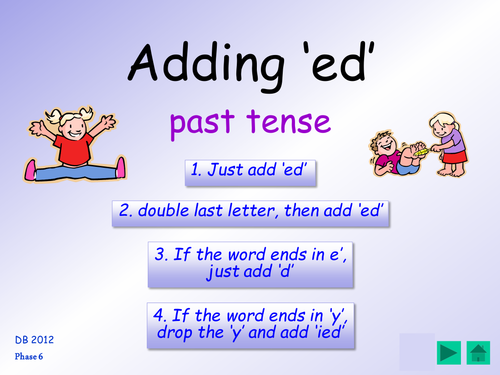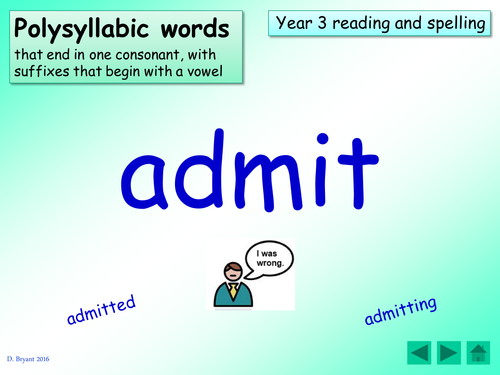Dave Bryant's Shop
Hi! Here, you'll find mainly phonic related resources - Phase 2 to 6 and Year 3 spellings. No matter what systematic synthetic phonics teaching programme you follow, these resources will support and enhance your teaching and your children's learning. I've worked 16 years in KS1 and 3 years in Year 3. After spending a super last year in Year 1, I have now retired!!! But i will continue to share my resources with teachers everywhere!! Enjoy!








![Phase 5: o-e grapheme [magic 'e' - split digraph]: activities, game and presentation.](https://dryuc24b85zbr.cloudfront.net/tes/resources/11047585/image?width=500&height=500&version=1519313363152)
![Year 3 spellings: word endings: -sure [zh] [measure] and ture [ch] [picture] - ppt and activities](https://dryuc24b85zbr.cloudfront.net/tes/resources/11302633/image?width=500&height=500&version=1519313629146)

![Telling the time from a digital clock [12 hour clock and 24 hour clock] mixed 5 min intervals, cards](https://dryuc24b85zbr.cloudfront.net/tes/resources/11176923/image?width=500&height=500&version=1519313429734)


![Phase 3: 'ear' grapheme [as in dear, appear]: table/group cards, activities and presentation](https://dryuc24b85zbr.cloudfront.net/tes/resources/11265931/image?width=500&height=500&version=1491144586352)

![Phase 2 [Letters & Sounds] presentation -all-in-one-place phonemes and decodable words ppt](https://dryuc24b85zbr.cloudfront.net/tes/resources/11393470/image?width=500&height=500&version=1519313876810)




![Phase 5 alternative pronunciations: Draw the 'sound buttons' [sausages and beans]](https://dryuc24b85zbr.cloudfront.net/tes/resources/11014172/image?width=500&height=500&version=1519313337850)


